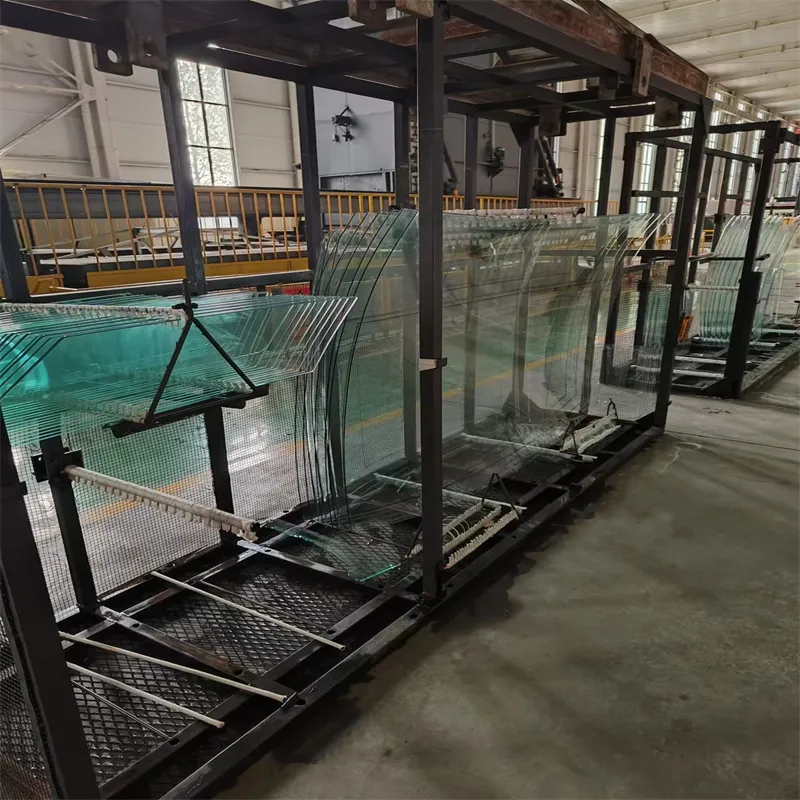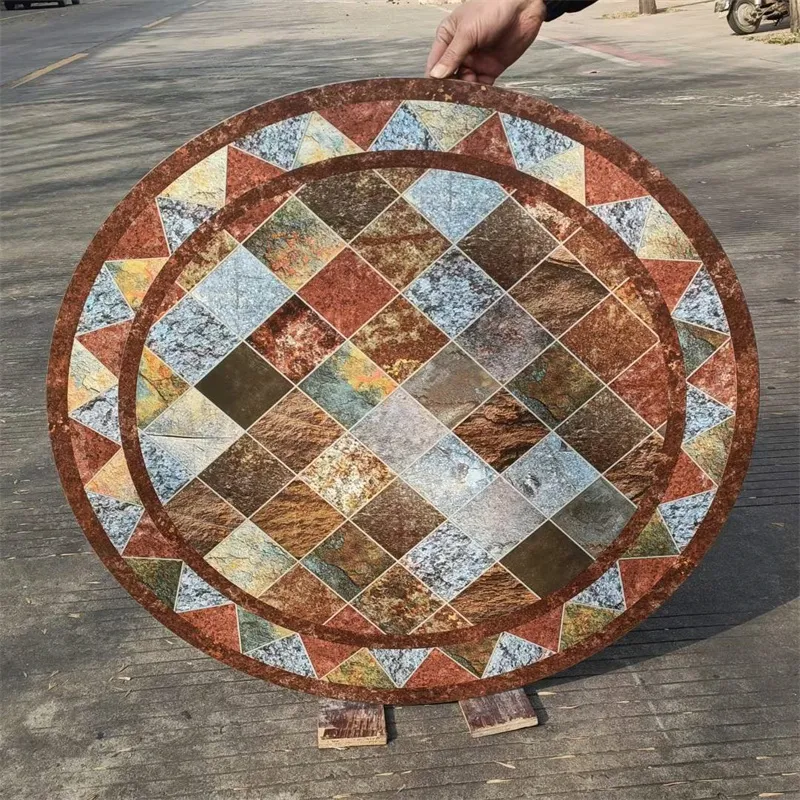Dec . 03, 2024 23:22 Back to list
Understanding the Distinctions Between Tempered and Standard Glass Types
The Difference Between Tempered Glass and Regular Glass
Glass is an essential material in our daily lives, used in windows, doors, tables, and various architectural structures. When it comes to glass, there are different types that are designed to serve specific purposes, each with its own set of characteristics and safety features. Two common types are tempered glass and regular (annealed) glass. Understanding the differences between these two can help you make informed decisions when selecting glass for your projects.
What is Regular Glass?
Regular glass, often referred to as annealed glass, is the most basic form of glass that is produced by cooling molten glass slowly. This process eliminates internal stresses and makes the glass relatively uniform in thickness and optical clarity. However, while regular glass is adequate for many applications, it is not particularly strong or resistant to impact. Regular glass can shatter into large, sharp pieces when broken, which can pose significant safety risks.
What is Tempered Glass?
Tempered glass, also known as toughened glass, is a type of safety glass that has been heat-treated to enhance its strength and durability. The manufacturing process involves heating the glass to a high temperature (around 600 degrees Celsius) and then rapidly cooling it. This process creates compressive stresses on the surface of the glass, making it much stronger than regular glass. In fact, tempered glass can be up to five times stronger than annealed glass of the same thickness.
When tempered glass does break, it shatters into small, blunt pieces that are less likely to cause injury. This characteristic makes tempered glass particularly valuable in applications where safety is a primary concern, such as in shower doors, glass doors, and facades.
Key Differences
what's the difference between tempered glass and regular glass

1. Strength and Durability One of the most significant differences between tempered glass and regular glass is their strength. Tempered glass is significantly more durable and can withstand higher impacts and thermal stresses. This makes it suitable for environments where high heat or sudden temperature changes are expected.
2. Safety As mentioned earlier, tempered glass is designed to break into small, less harmful pieces, while regular glass can shatter into sharp, jagged shards. Due to its safety features, tempered glass is often required by building codes in certain applications, such as in locations where the risk of breakage is high.
3. Cost The production process for tempered glass is more complex and energy-intensive than that for regular glass. As a result, tempered glass typically costs more than regular glass. However, this investment can be worthwhile for projects that prioritize safety and durability.
4. Thermal Resistance Tempered glass can withstand greater temperature fluctuations than regular glass. It can handle temperature differences of up to 200 degrees Celsius (about 392 degrees Fahrenheit) without breaking, while regular glass is more susceptible to thermal stress and cracking. This quality makes tempered glass a preferred choice for applications like fireplace doors and glass covers for hot surfaces.
5. Fabrication Options While both types of glass can be cut or shaped, tempered glass cannot be altered once it has been manufactured. Any modifications, such as cutting or drilling, must be done prior to tempering, as the heat treatment process will cause any existing edges or holes to crack. In contrast, regular glass can be easily cut and drilled after production.
6. Applications Given their unique properties, tempered glass and regular glass are suited for different applications. Regular glass is often used in contexts where impact risk is low, such as picture frames, indoor partitions, and furniture. Tempered glass, on the other hand, is commonly used in situations that require enhanced safety measures, such as in glass railings, skylights, and bath enclosures.
Conclusion
In conclusion, the choice between tempered glass and regular glass should be guided by the specific needs of your project. While regular glass can be sufficient for many applications, tempered glass excels in terms of strength, safety, and thermal resistance. By understanding the differences between these two types of glass, you can make more informed decisions that ensure both the aesthetic and functional integrity of your glass installations. Whether you're designing a new building or renovating an existing space, considering the right type of glass can make all the difference.
-
Safety and Style with Premium Laminated Glass Solutions
NewsJun.24,2025
-
Reinvents Security with Premium Wired Glass
NewsJun.24,2025
-
Premium Float Glass Line for Modern Architecture
NewsJun.24,2025
-
Low Emissivity Glass for Energy-Efficient Architecture
NewsJun.24,2025
-
High-Performance Insulated Glass Solutions for Modern Architecture
NewsJun.24,2025
-
Elevates Interior Style with Premium Silver Mirror
NewsJun.24,2025
Related PRODUCTS














